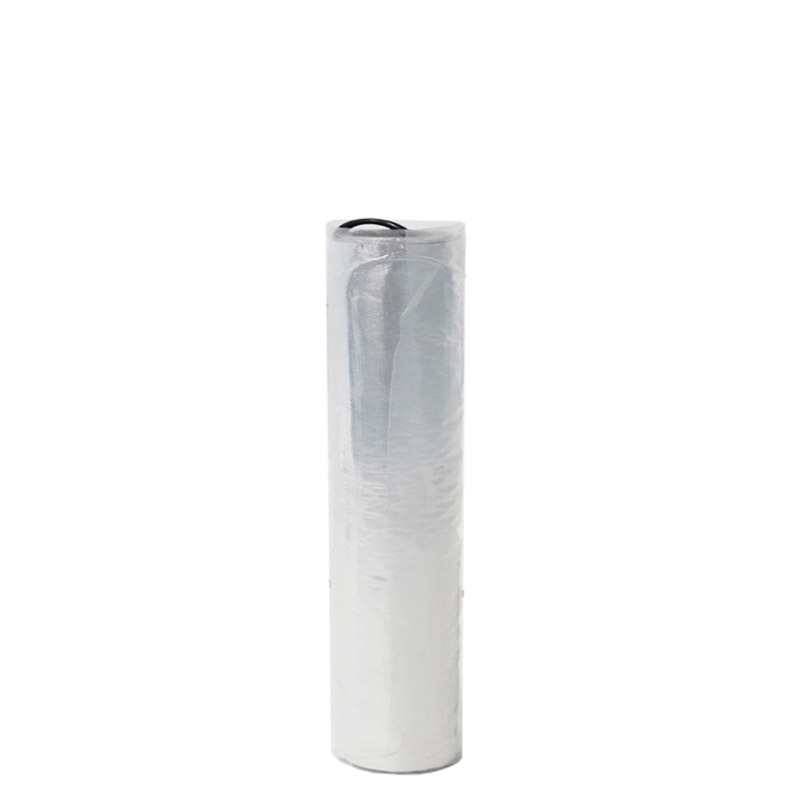Welcome To Nuanjia GrapheneCarbon New Energy (Qingdao) Co.,Ltd!
Heating Cable: A Comprehensive Guide
2024-04-17
Introduction: heating cable also known as heat tracing cables, are an essential component in various industrial and residential applications. They are designed to provide heat for the purposes of maintaining or increasing the temperature in pipes, tanks, and other equipment. In this article, we will explore the different types of heating cables, their applications, and the benefits they offer.
Types of Heating Cables:
Self-Regulating Heating Cables: Self-regulating heating cables are designed to adjust their heat output based on the surrounding temperature. They consist of a conductive core surrounded by a polymer insulation layer. As the temperature decreases, the core contracts, allowing more electrical current to flow, and vice versa. This feature makes them highly energy-efficient and suitable for a wide range of applications, including freeze protection and process temperature maintenance.
Constant Wattage Heating Cables: Constant wattage heating cables provide a consistent heat output regardless of the surrounding temperature. They consist of a resistance wire surrounded by a layer of insulation. These cables are commonly used in applications where temperature control is critical, such as maintaining the temperature of pipes in industrial processes.
MI (Metallic Insulated) Heating Cables: MI heating cables consist of a metallic sheath surrounding a resistance wire, which is then insulated and protected by a jacket. They are known for their durability and high heat output, making them suitable for high-temperature applications, such as in refineries and chemical plants.
Applications of Heating Cables:
Freeze Protection: One of the primary applications of heating cables is to prevent pipes and tanks from freezing in cold environments. By maintaining a constant temperature, heating cables ensure that the fluid inside the pipes remains in a liquid state, preventing damage and costly repairs.
Process Temperature Maintenance: Heating cables are also used to maintain the temperature of process fluids in industrial applications. This is crucial for ensuring the efficiency and effectiveness of various processes, such as in chemical manufacturing or oil and gas operations.
Snow Melting: Heating cables can be installed in driveways, sidewalks, and roofs to melt snow and ice, ensuring safe and accessible pathways during winter months.
Benefits of Heating Cables:
Energy Efficiency: Self-regulating heating cables adjust their heat output based on the surrounding temperature, resulting in energy savings and reduced operating costs.

Durability: Heating cables are designed to withstand harsh environmental conditions, including exposure to chemicals, moisture, and extreme temperatures.
Easy Installation: Heating cables are relatively easy to install, with flexible designs that allow them to be wrapped around pipes and equipment with ease.
Maintenance-Free Operation: Once installed, heating cables require minimal maintenance, providing reliable and hassle-free operation for years to come.
Conclusion: Heating cables are a versatile and efficient solution for a wide range of applications, from preventing pipe freezing to maintaining process temperatures. With their energy-saving features, durability, and ease of installation, heating cables have become an indispensable component in various industries and residential settings.
RELEVANT INFORMATION
Round Screen Thermostat: Smart and Convenient Temperature Control
2024-04-22
Heating Cable: A Comprehensive Guide
2024-04-17
The Efficient and Versatile Heating Solution: Heating Films
2024-04-11




